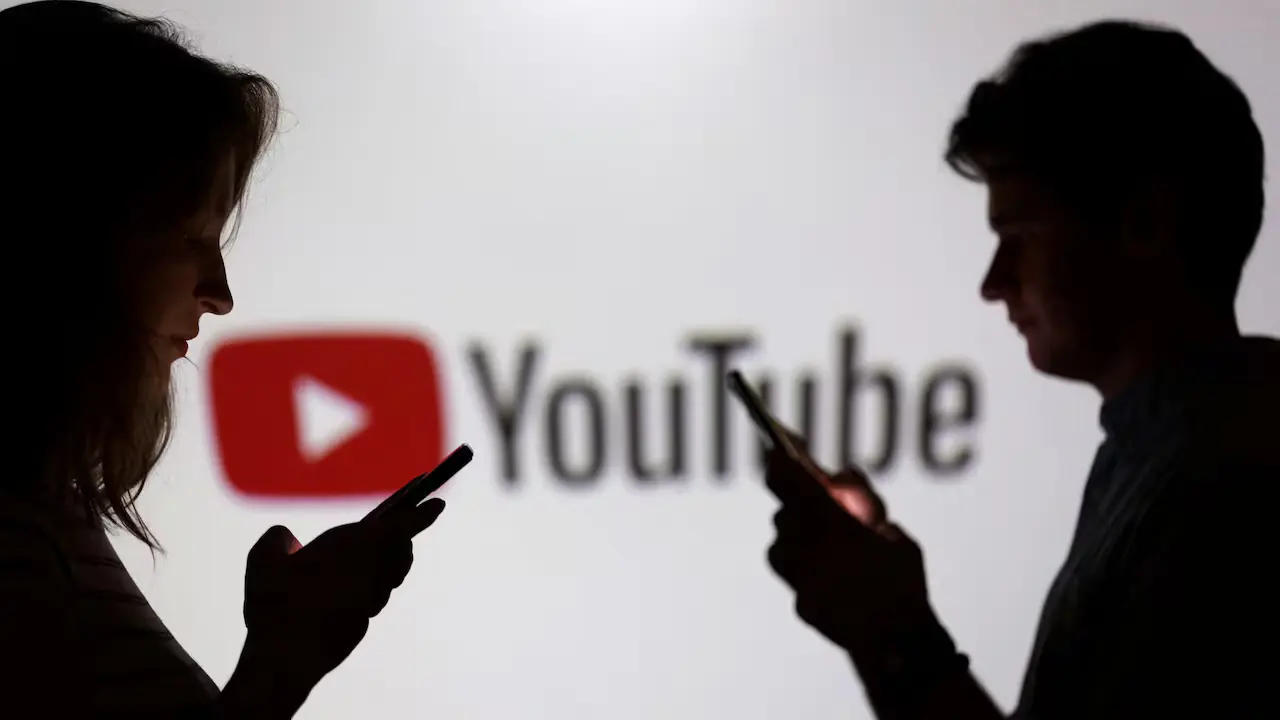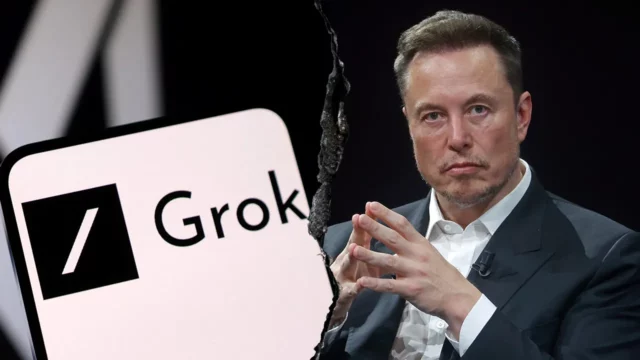YouTube became the center of discussions about artificial intelligence when it began removing popular educational videos from technology creators. Creators suspected that their high-view videos, which had been online for years, were being removed by AI. However, YouTube denied the allegations, stating that these strange removals were not the result of automation.
YouTube denies ‘AI’ claims: What’s happening with the video removal crisis?
The crisis erupted when technology educational videos were suddenly labeled “dangerous” or “harmful.” Creators reported that when they appealed these decisions, they were automatically rejected much faster than a human review, sometimes within a minute. This reinforced suspicions that the decisions were made by AI and caused concern among creators.

On Friday, a YouTube spokesperson confirmed that the videos raised by foreign media had been reviewed and reinstated. The spokesperson also stated that they would take steps to ensure that similar content is not removed in the future. However, YouTube maintained that neither the initial removals nor the responses to the appeals were the result of an automation issue. This explanation did not resolve the uncertainty surrounding the actual removal of the videos.
Rich White, owner of the CyberCPU Tech channel, stated that two of his videos demonstrating how to install Windows 11 on unsupported hardware were removed. White stated that these videos were very popular and were his channel’s “bread and butter.” White, whose YouTube channel, which he started as a side hustle in 2020, is now his main source of income, said he began censoring his content out of fear of losing his account.
Another tech channel, Britec09, reported receiving a strike after his video was removed. He said this uncertainty forced him to pause a sponsorship deal, resulting in a “significant loss of revenue.” According to YouTube’s policies, channels that receive three strikes within 90 days are permanently terminated. This puts the risk of technology channels’ years of hard work being suddenly lost.
Content creators are struggling to understand why these videos are considered “harmful.” White stated that the AI might have identified the content as “piracy,” but that the guides required a valid Windows 11 license. White also considered it unlikely that Microsoft would request this removal, arguing that Microsoft benefited from these methods because they led to more users switching to Windows 11.
Another detail that added to the confusion was that YouTube’s own content creator tool recommended creating content on the same topics as the removed videos. Britec noted that the platform’s “ideas” section suggested creators create videos on topics such as “installing Windows 11 on unsupported hardware.” This contradiction created significant uncertainty about which content was permitted.
While YouTube claims that human reviews are conducted, the fact that appeals are rejected within minutes has not satisfied creators. The lack of a clear statement from the platform has caused fear among channels publishing technology guides about the kind of content they can create. So, what are your thoughts on this? What are your thoughts on YouTube’s removal of technology training videos?













